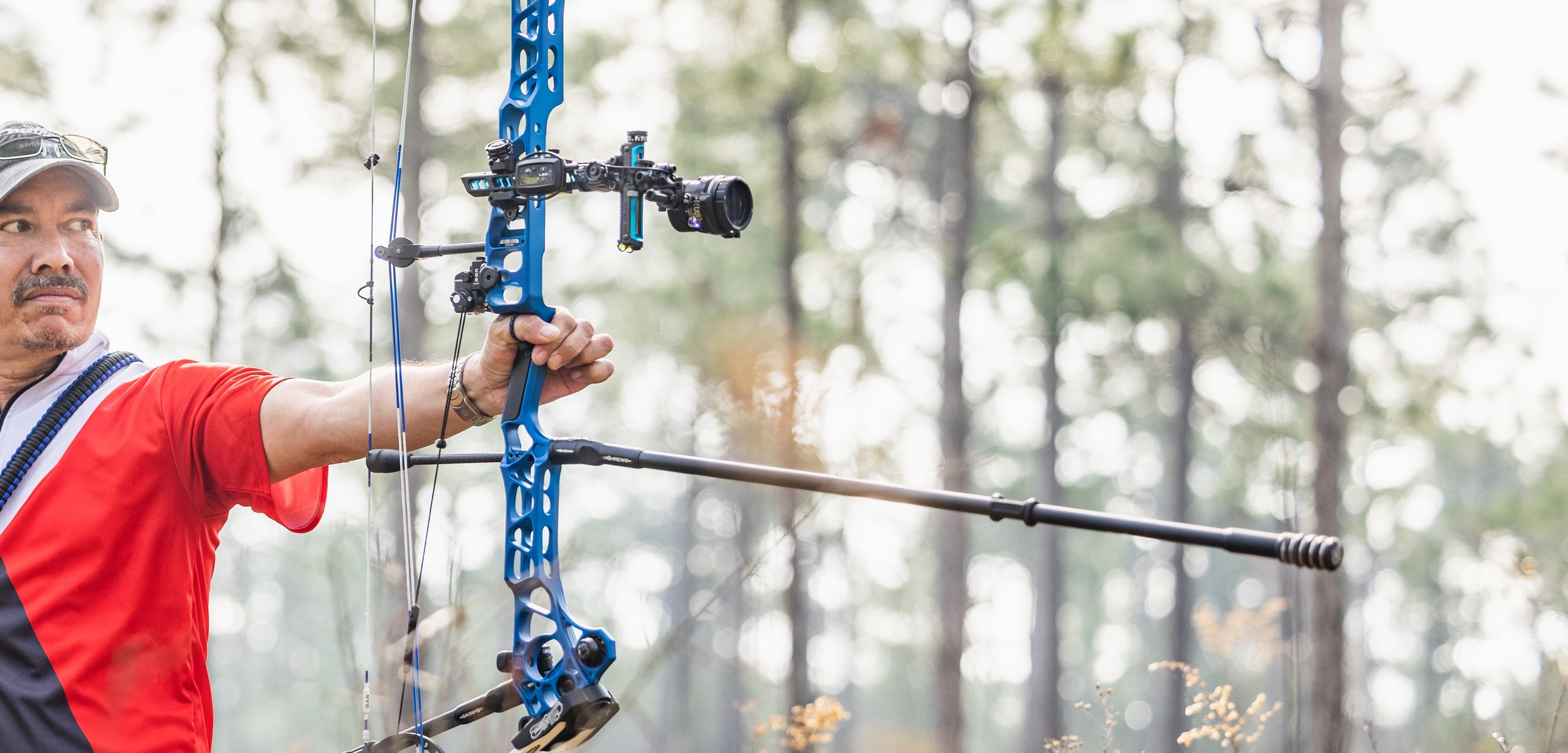Ultimate Security: Just How Compound Bow Stabilizers Enhance Your Shot
Ultimate Security: Just How Compound Bow Stabilizers Enhance Your Shot
Blog Article
Maximizing Your Archery Efficiency With the Right Substance Bow Stabilizer: a Comprehensive Introduction
One important yet often-overlooked part in enhancing accuracy is the compound bow stabilizer. By recognizing the subtleties of choose and maximizing a compound bow stabilizer, archers can fine-tune their tools to raise their shooting experience to brand-new degrees of proficiency and control.
Value of Bow Stabilizers in Archery

Furthermore, bow stabilizers assist in balancing the weight distribution of the bow, which can enhance the archer's stability while firing and intending. By including weight to the front of the bow, stabilizers can decrease the quantity of torque experienced upon launch, leading to a smoother and more controlled shot - compound bow stabilizer. This weight distribution likewise assists in holding the bow constant for a longer duration, enabling the archer to aim a lot more accurately
Types of Substance Bow Stabilizers
When thinking about the different types of compound bow stabilizers readily available, it is essential to understand their distinctive features and functions to identify the most ideal alternative for making the most of archery performance. The most typical kinds of substance bow stabilizers consist of sidebar stabilizers, front stabilizers, and back stabilizers. Back stabilizers, additionally called rear stabilizers, are placed to the back of the bow and assist in counteracting the weight of other accessories, resulting in improved stability and steady intending.
Aspects to Think About When Selecting
In assessing compound bow stabilizers, recognizing the distinct features and functions of each kind is critical for making a notified decision on the most ideal alternative to enhance archery efficiency. When selecting a stabilizer, one need to take into consideration the weight of the stabilizer itself. By very carefully reviewing these factors, archers can pick a substance bow stabilizer that aligns with their shooting design and optimizes their general efficiency on the archery array.
Setup and Modification Tips
For optimal performance and precision in archery, mastering the installment and adjustment of your bow stabilizer is vital. Appropriate setup starts with connecting the stabilizer to the bow's riser, guaranteeing it is strongly protected. Many stabilizers come with placing equipment for easy installation, yet it's vital to adhere to the producer's guidelines for the details model you have. Once attached, changing the stabilizer includes discovering the best balance between weight circulation and length. Trying out different combinations until you accomplish the desired feel and stability.
When readjusting the stabilizer, start with tiny this article step-by-step changes as opposed to radical changes. This enables you to evaluate the impact of each adjustment properly. Focus on how the bow responds to modifications in stabilizer settings and make modifications as necessary. Keep in mind that the goal is to locate a setup that lessens hand torque, reduces vibration, and boosts accuracy. Regularly inspect the stabilizer's tightness and total problem to ensure it continues to operate optimally. By grasping the setup and change process, you can maximize your archery efficiency and boost your shooting experience.
Upkeep and Treatment Guidelines

When not in use,It is additionally vital to save your bow with the stabilizer in a safe and secure place. compound bow stabilizer. Stay clear of leaving it in extreme temperatures or revealed to direct sunlight for extensive periods, as this might trigger damages to the stabilizer. Periodically try this web-site check the stabilizer's positioning to guarantee it is still appropriately placed on your bow. Following these maintenance and treatment standards will certainly help you obtain one of the most out of your bow stabilizer and improve your total archery efficiency.
Final Thought
To conclude, choosing the best compound bow stabilizer is vital for taking full advantage of archery efficiency. Comprehending the importance, types, factors to consider, installment and adjustment tips, along with maintenance and treatment standards can significantly affect one's precision and consistency in shooting. By selecting a stabilizer that fits specific requirements and choices, archers can improve their overall efficiency and achieve much better outcomes on the array or in competitors.
Bow stabilizers play an essential role in enhancing an archer's accuracy and uniformity by reducing resonances and stabilizing the bow throughout the launch of an arrowhead - compound bow stabilizer.Additionally, bow stabilizers aid in stabilizing the weight circulation of the bow, which can boost official website the archer's security while firing and intending. The most typical types of compound bow stabilizers include sidebar stabilizers, front stabilizers, and back stabilizers. Back stabilizers, also called rear stabilizers, are installed to the back of the bow and aid in reversing the weight of other devices, resulting in improved stability and consistent aiming. When choosing a stabilizer, one should think about the weight of the stabilizer itself
Report this page